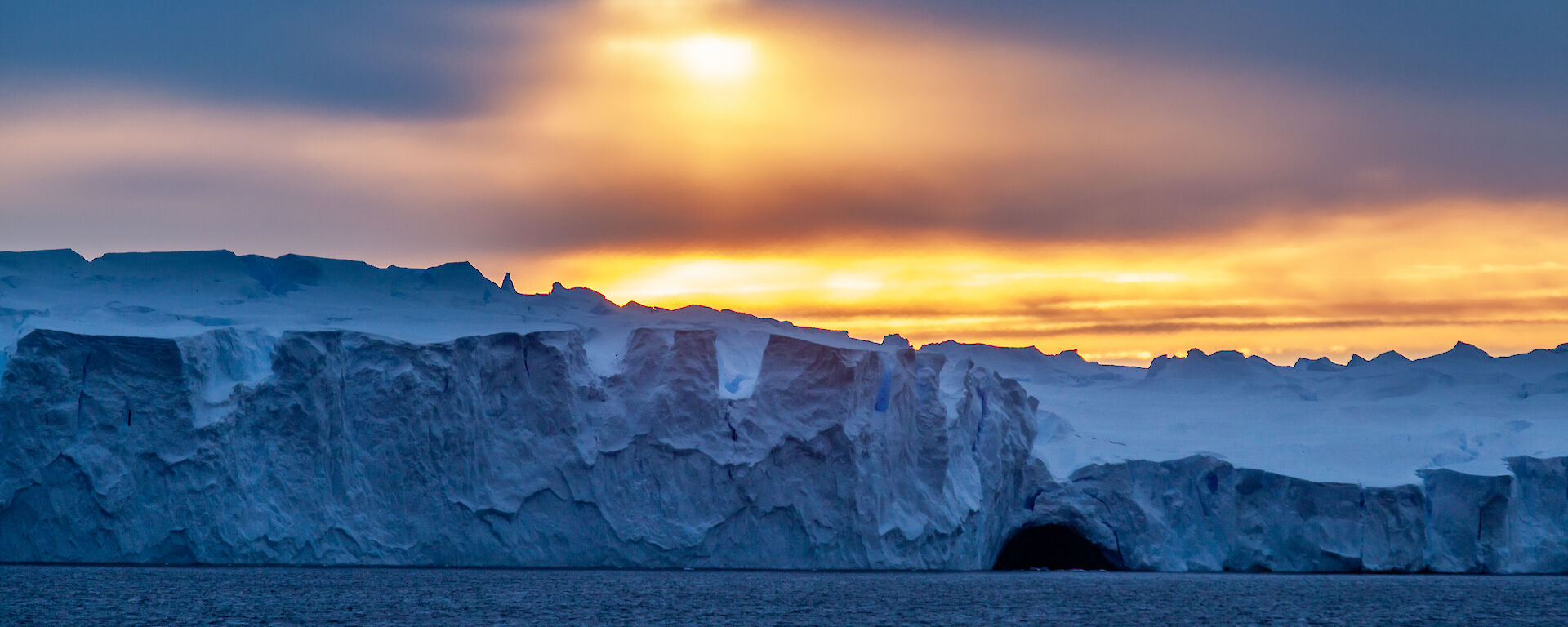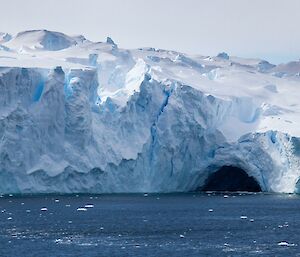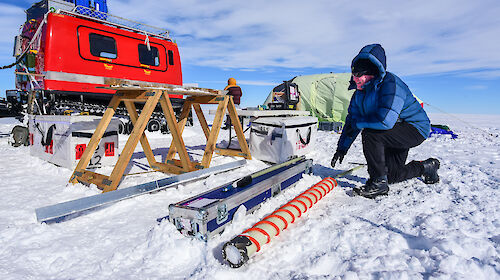“More than half the ice lost from Antarctica today is thought to occur beneath its floating ice shelves, where warm ocean water melts the underside,” glaciologist Dr Ben Galton-Fenzi said.
He said the new model simulations were already challenging conventional ideas about ice shelf melting.
“For a long time we’ve thought that the highest rates of melting are happening deep beneath ice shelves, at their ‘grounding’ zones, where they attach to the continent.
“But our model is showing that most of the ice mass loss comes from shallower ice, less than 500 metres deep. This melting occurs at relatively lower rates but over a much larger area.”
The model was developed with the help of the National Computational Infrastructure (NCI) supercomputer at the Australian National University.
It is the first to include tides, state-of-the-art estimates of the shape of the cavities beneath ice shelves, and a spatial resolution of two kilometres, which allows visualisation of small-scale ocean process that transport heat to ice shelves.
“Until now, the only available estimate of Antarctic-wide melting beneath ice shelves comes from satellite observations and models of surface processes that have high uncertainties and which don’t tell us anything about how the ocean actually does the melting,” Dr Galton Fenzi said.
“The supercomputer enables us to model the very complex physics that occurs between the ocean and the underside of ice shelves.”
The team is now planning to ‘couple’ the ice shelf-ocean model to an ice sheet model (for surface melt), to more accurately define the contribution of Antarctica to sea level rise.
Dr Galton-Fenzi said future incorporations into the model will look at how ocean sediment and sub-glacial water (lakes that form beneath the ice sheet) influence the stability of the ice sheet.
The research is part of an international effort for the Intergovernmental Panel on Climate Change known as the Ice Sheet Model Intercomparison Project, to improve the way models simulate the earth’s climate system.
The model was developed by Dr Galton-Fenzi from the Australian Antarctic Division and researchers from the Institute for Marine and Antarctic Studies – Dr Ole Richter, Dr David Gwyther and Dr Fabio Dias (now at UNSW).




